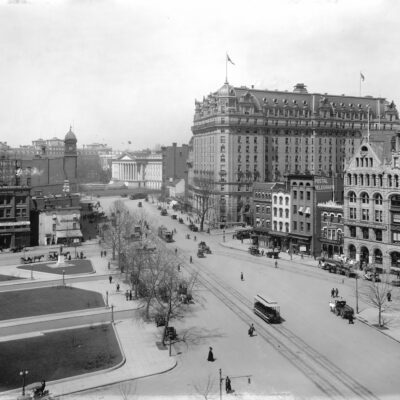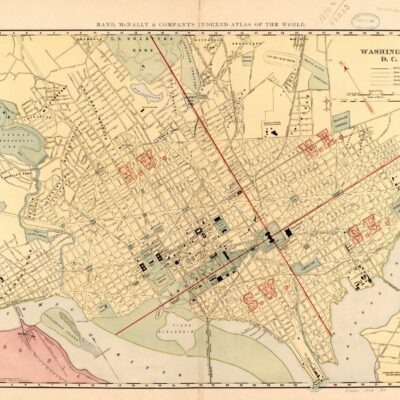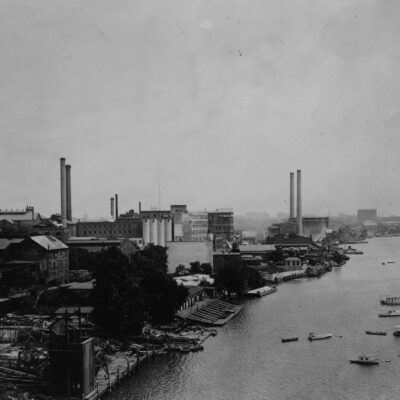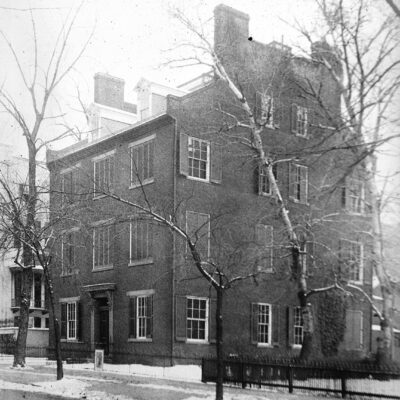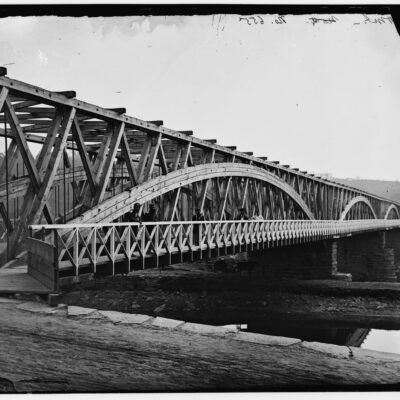Here is an amazing photo that I came across on everyone’s favorite photo website, Shorpy. The Graf Zeppelin slowly cruised up the Eastern seaboard, paying a visit to the nation’s capital at about 12:30 p.m., floating over both the White House and the Capitol Building.
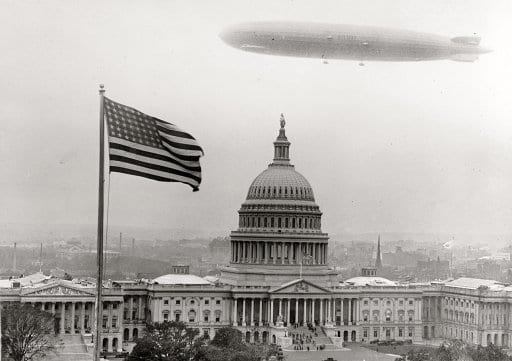
The Washington Post noted that President Coolidge was impressed enough by the arrival to take a quick break from his work.
President Coolidge took time to have a look at the Graf Zeppelin. Leaving his desk in the White House executive offices, he stepped outdoors, bareheaded, watched the dirigible for a moment, as everybody else was doing, and then went back to work.
… and by quick, I mean about three minutes, sans chapeau.
Read more about the Graf Zeppelin’s visit to Washington that fall.
A full report was written in the Post on October 16th, 1928.
The inspiring sight of the great Graf Zeppelin floating over the Capitol and the White House demonstrated to Americans that the practicability of airships for long-distance travel and transport is no longer to be questioned. This airship left Friedrichshafen, Germany, on October 11, and passed into United States territory on the morning of October 15. This is faster time than has ever been made by a steamship, although the Zeppelin swung far to the southward to avoid bad weather. The same mileage could not have been made by the Mauretania or any other steamship in less than seven or eight days.
The Graf Zeppelin was somewhat delayed by a disabled port fin, but the fact that repairs were made in the air is important as showing the superiority of an airship over an airplane in oceanic transit. Besides, the Zeppelin carried 20 passengers and 56,000 pieces of mail, something that no airplane, however large, has ever done.
With five motors to press her forward the Zeppelin made headway in spite of unfavorable winds, and there is no reason to doubt that it had a margin of propulsive power that would have enabled it to meet still worse conditions.
Every trip of this kind brings out experience that qualifies the builders to improve upon their models and to work steadily toward the great objectives security and speed. The Graf Zeppelin is vastly superior to the prewar airships turned out by Count Zeppelin, but it is not pretended that this vessel is the last word in airships. The United States, in fact, is about to build two airships exceeding the Graf Zeppelin in size and power. As the navigators of these vessels gain experience it may be assumed that additional safety factors will be evolved, and greater ability to follow established routes, regardless of weather conditions, will eventually be developed.
Germany has set an example that spurs other countries to emulation. Americans congratulate the ingenious and persistent Germans who have developed the Zeppelin, and will make their compliments take the sincere form of imitation. Immense airships, sustained by noninflammable gas and driven by powerful motors, will eventually cross the sea carrying the American flag.
Sadly, the age of the airship did not last long. Everyone is familiar with the great Hindenburg disaster of 1937. The promise of the airship was over with that disaster and the airplane would reign supreme.
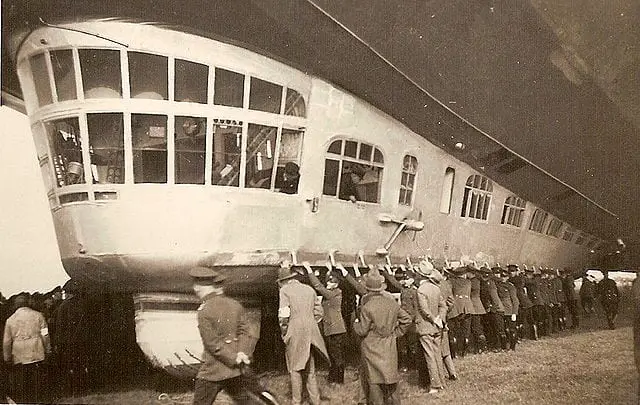
Dig this post? Check us out on Twitter (@GhostsofDC) or Facebook to get updates from Ghosts of DC.
UPDATE: I found this great video of the Graf Zeppelin on YouTube.
Also, check out this one.
UPDATE 2: Thanks to reader Mark, here’s another cool photo from the Library of Congress.



